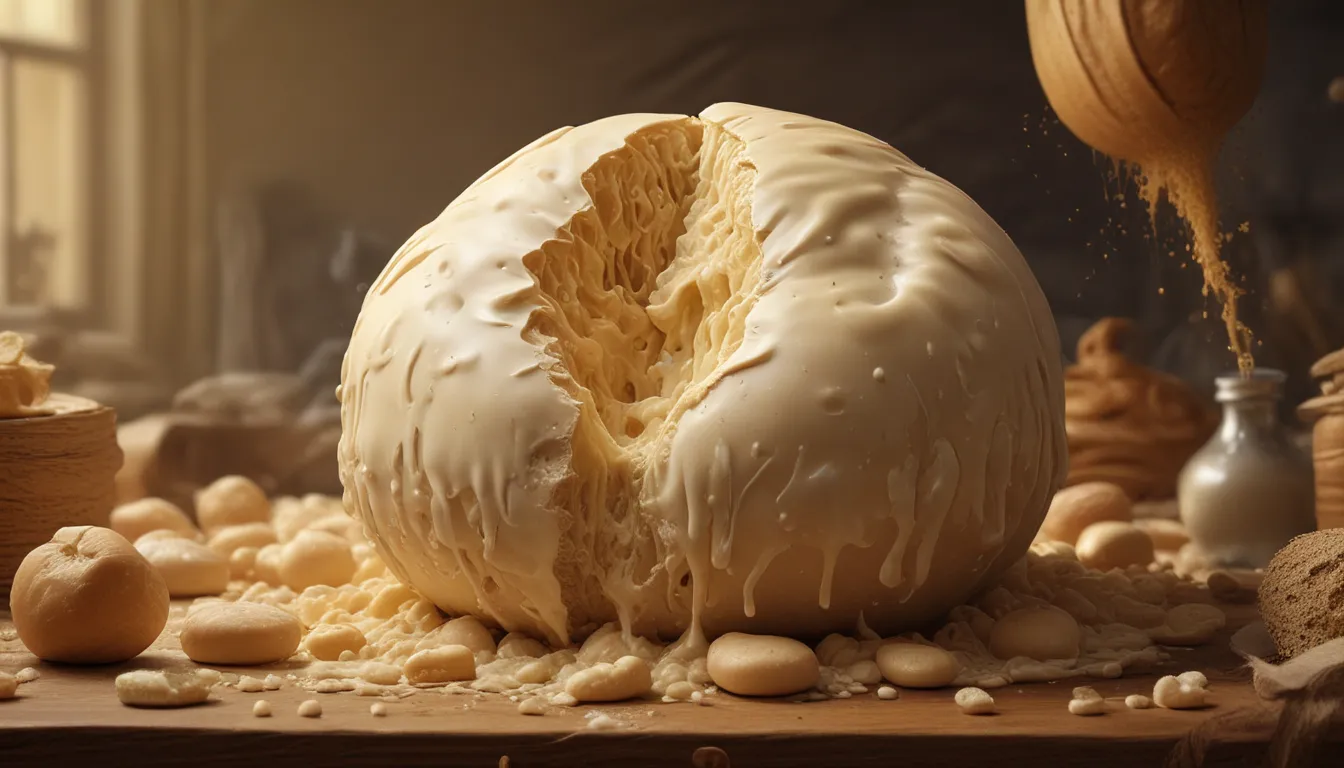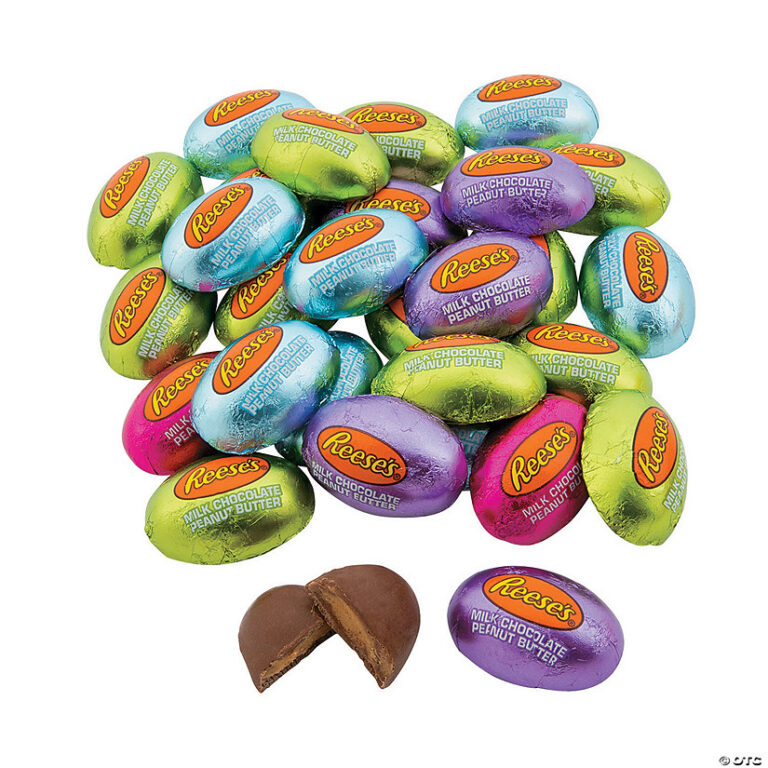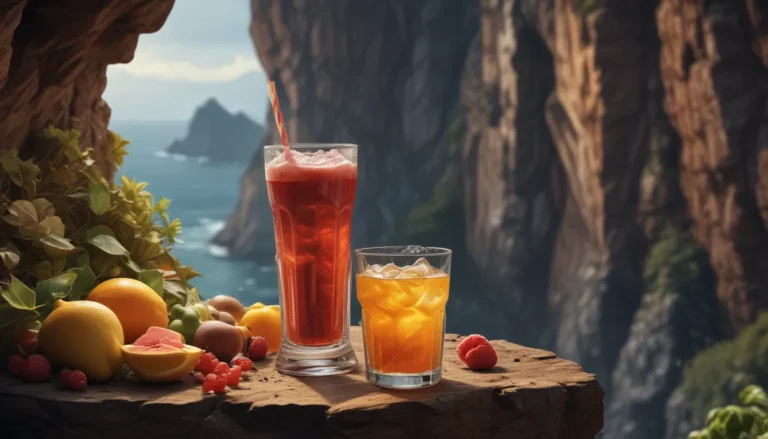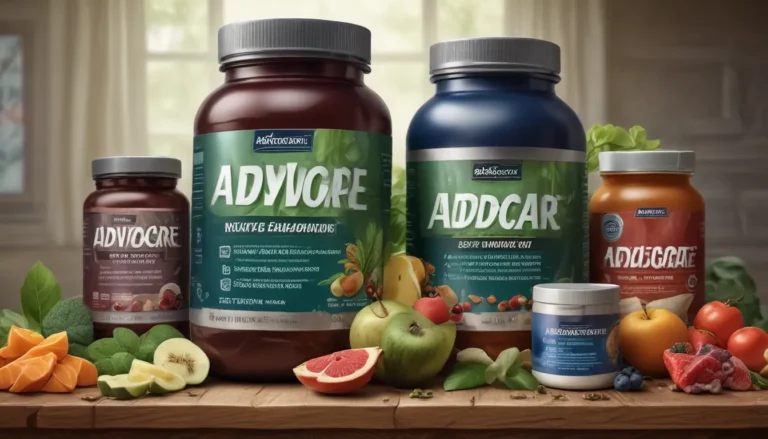The pictures in our articles might not always show exactly what the text is talking about. We use these images to make the article more interesting and eye-catching. They are there to add to the text, but not to replace it or show every detail.
Welcome to the captivating world of yeast, a single-celled fungus that has left its mark on microbiology and human civilization for centuries. Join us on a fascinating journey to explore the incredible versatility and significance of yeast in various aspects of our lives. From its ancient origins to its modern-day applications, yeast continues to amaze scientists and enthusiasts alike. Let's unravel the mysteries and marvels of yeast with these 11 captivating facts that will enrich your understanding and appreciation for this tiny powerhouse.
Unveiling the Ancient Origins of Yeast
Dive into the past and discover the rich history of yeast, dating back thousands of years. The Egyptians and Babylonians were among the first to harness the power of yeast for baking bread and brewing beer. It wasn't until 1680 when Antonie van Leeuwenhoek, a Dutch scientist, peered through a microscope and unveiled the hidden world of yeast cells, forever changing our perception of these microscopic organisms.
Exploring the Diverse World of Yeast Species
Delve into the diverse realm of yeast species, each with its unique characteristics and applications. While Saccharomyces cerevisiae takes the spotlight in baking, brewing, and research, other species like Candida play dual roles - from beneficial to pathogenic - depending on their environment and host.
Unleash the Magic of Fermentation with Yeast
Witness nature's magic as yeast transforms sugars into alcohol and carbon dioxide through the enchanting process of fermentation. This natural alchemy is harnessed in the production of bread, beer, wine, and other delectable fermented foods and beverages.
The Art of Baking: Yeast as the Leavening Agent
Embark on a culinary journey as yeast plays a crucial role in baking, serving as a leavening agent that gives bread its characteristic rise and texture. When yeast feasts on sugars, it produces carbon dioxide gas, creating bubbles in the dough that result in a light and airy structure.
Brewing Beer: A Timeless Tradition with Yeast
Raise a glass and toast to the age-old partnership between yeast and beer brewing. Brewer's yeast, notably Saccharomyces cerevisiae, ferments sugars in malted barley, giving birth to the distinctive flavors and alcohol content that define our favorite beverages.
The Science of Distillation: Yeast’s Contribution to Spirits
Witness yeast's pivotal role in the art of distillation, where sugars are transformed into alcohol during fermentation. This alcoholic essence is later distilled to craft spirits like whiskey and vodka, boasting enhanced flavors and potency that tantalize the taste buds.
Unveiling the Genetic Marvels of Yeast
Marvel at yeast's genetic prowess, making it a renowned superstar in genetics research. Its simple genetic structure has paved the way for groundbreaking studies, including Nobel Prize-winning research on fundamental mechanisms such as the cell cycle and protein synthesis.
Sourdough Magic: A Culinary Symphony of Yeast and Bacteria
Indulge in the unique flavors of sourdough bread, a culinary masterpiece crafted by the harmonious partnership between yeast and lactic acid bacteria. This symbiotic relationship gives rise to a natural fermentation process, infusing sourdough with depth and complexity.
Yeast Extracts: The Secret Ingredient of Umami
Discover the savory delights of yeast extracts like Marmite and Vegemite, cherished for their distinctive umami flavor. These extracts, derived through autolysis, enhance the taste of various dishes with their savory compounds released during breakdown.
From Medicine to Biofuel: Yeast’s Diverse Applications
Celebrate yeast's role in medical advancements, from vaccine production to antifungal treatments targeting infections caused by Candida species. Explore its foray into sustainable biofuel production, where yeast's fermentation capabilities create eco-friendly alternatives like bioethanol.
The Enduring Legacy of Yeast
Reflect on yeast's enduring legacy as a silent yet significant force that has shaped human civilization for millennia. From fermentation wonders to groundbreaking research, yeast continues to captivate and inspire us with its remarkable contributions. Join us in celebrating the marvels of yeast, hidden within the everyday delights of bread, beer, and beyond.
Frequently Asked Questions (FAQs)
Is yeast harmful to humans?
While most yeast species are harmless or beneficial, some like Candida can cause infections. Consult a healthcare professional for proper diagnosis and treatment if you suspect an infection.
Is yeast gluten-free?
Yeast itself is gluten-free, but always check product labels for gluten content in yeast-containing products if you have gluten intolerance or celiac disease.
Can I make my own yeast at home?
Yes, create your own yeast starter at home using flour and water, capturing wild yeast for baking.
Is yeast a form of bacteria?
No, yeast belongs to the fungal kingdom, distinct from bacteria.
What are non-food applications of yeast?
Yeast finds applications in scientific research, pharmaceuticals, wastewater treatment, and bio-based chemical production.
Embark on a journey of discovery with yeast, a microorganism that continues to surprise and enchant us with its wonders. Explore the depths of its historical significance, culinary delights, and scientific marvels, all packed into this tiny yet powerful organism. Join us in celebrating the magic of yeast and uncover the extraordinary world that lies within every loaf of bread and sip of beer. Enjoy the journey and savor the secrets of yeast, waiting to be uncovered and appreciated by all who seek to unravel its mysteries.






